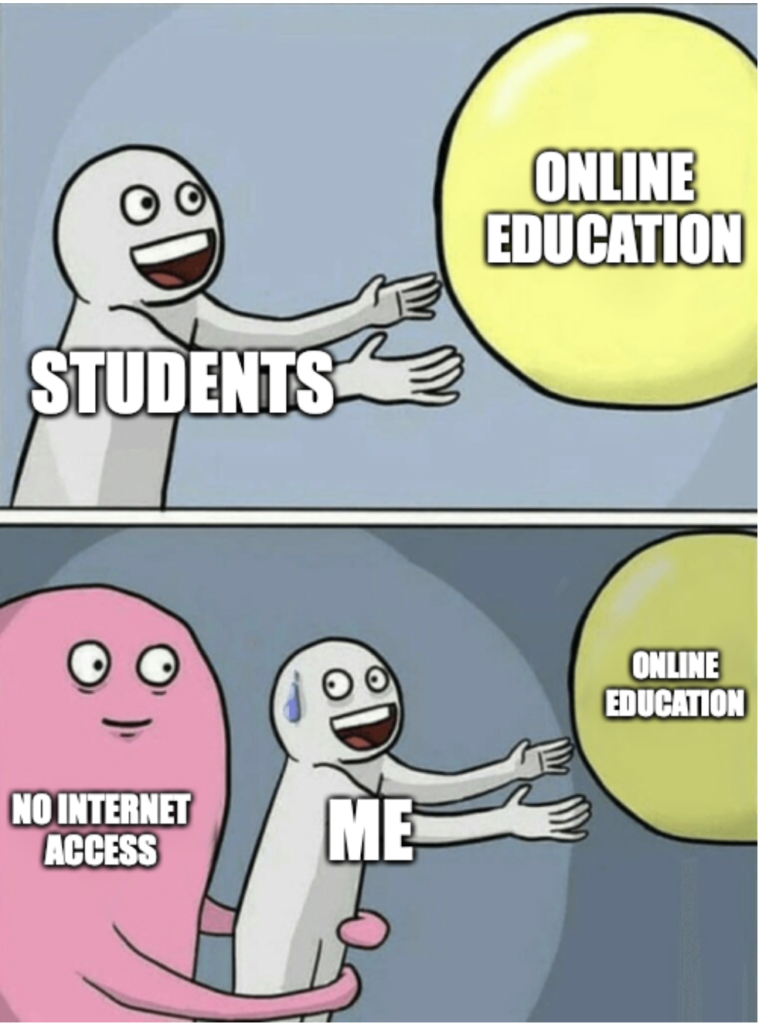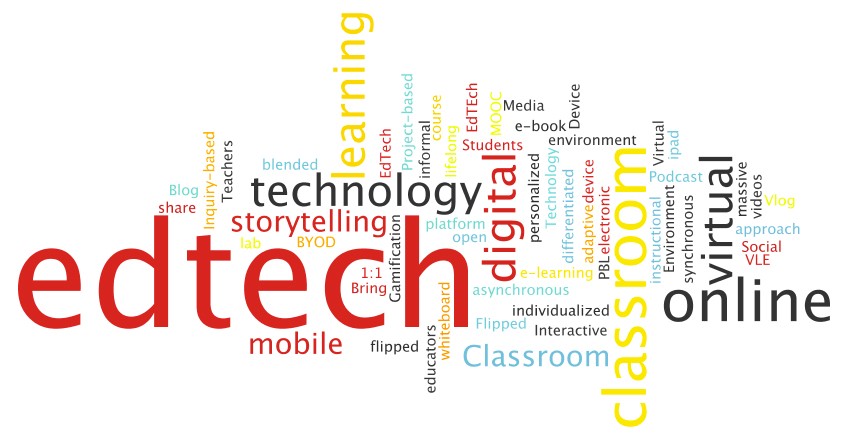People who run their profiles wisely by sharing authentic information and use popular hashtags are those whose voices are amplified. Accounts carrying false information reported and blocked accounts which people create to let others down are blocked by twitter (Carlos Castillo, 2011). Besides, people don’t use popular hashtags. All of their voices are suppressed. Hashtags are influential (Carlos Castillo, 2011). Hashtags are some powerful words used to highlight and to classify a topic or a trend.
There are so many ways to share information. Information is shared on twitter in the form of articles, links, conversations, pictures, lectures, videos, blogs and vlogs. Nowadays, information is shared in every possible way (Carlos Castillo, 2011). Twitter provides information in an open way and distributed way. Open education is without paying tuitions and distributed education which is from non-centralized locations irrespective of time and place. You can also save information for later learning or read about something for your knowledge. It also helps to give information about new inventions being discussed by people, the common social issues which are being discussed by people.
Learners and educators exploit others. Online harassment is very common these days. Learners are mostly into it. They do it without the fear of being caught. Sharing of unethical information is also harmful to students. Students also waste a lot of their time on twitter instead of learning their course. Online sessions are helpful to get an education. Open conversations with the help of TwitterChat are very helpful. Students who attend the class share their point of views and other students gain knowledge through that. Information is shared with the help of videos, pictures and documents (Carlos Castillo, 2011). These live sessions are also being recorded for learners so that they can listen to them or learn from them to clear any confusions.
Open pedagogy is related to open educational resources. Twitter already supports education in an open way and distributed way. Twitter should support by 5R methods. Retaining, reusing, revising, remixing, and redistributing (Wiley, 2018). It can make several copies and download them, explore data by trending it by putting the data related to education in trending and by making more hashtags, by using the data in a wide range, translate it into different languages so that more people could understand, and distribute it across the world (Wiley, 2018).
References:
Carlos Castillo, M. M. (2011, March). Information credibility on twitter . Retrieved from Digital Library: https://dl.acm.org/doi/abs/10.1145/1963405.1963500
Wiley, D. (2018). Defining OER-Enabled Pedagogy. Retrieved from IRRODL: http://www.irrodl.org/index.php/irrodl/article/view/3601

